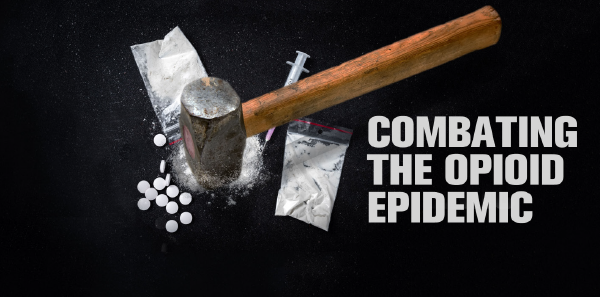
What do we do with this information? If dopamine is subtherapeutic and we need it to survive, then these patients are in survival mode. People in survival mode do crazy things. Again, this is why trying to have a general conversation about quitting with these patients is likely not going to work, much like trying to have an in-depth conversation with an asthmatic who is tripoding and struggling to breathe. The next time your addicted patient is screaming for “vitamin D,” flailing on the floor, or ripping the hand sanitizer dispenser off the wall, remember that these are symptoms of a severe form of addiction.
Explore This Issue
ACEP Now: Vol 37 – No 02 – February 2018This may sound crazy, and some of you are coming up with 50 reasons to call BS on this, but think about it. When a person is serotonin-depleted, they are depressed and may lose their job, stop eating, and, in severe cases, even commit suicide. If a patient’s dopamine is deranged in other parts of the brain, it causes Parkinson’s disease or schizophrenia. A new-onset Parkinson’s patient came in a couple of shifts ago, and she was having delusions to the point where she pulled a gun on her daughter. Is it so hard to believe that a dopamine derangement in the reward center of the brain could cause these behaviors?
What Does this Mean for Emergency Care?
What can we do about it since our current approach doesn’t seem to be working? This one is an easy technical fix but a hard adaptive (hearts and minds) fix. We treat it like any other chronic disorder. We admit it to the hospitalist, and let them figure it out.
Ha, not so fast. The 90-day mortality rate for a post–opioid overdose patient is between 9 percent and 20 percent, depending on geography (mainly due to presence or absence of synthetics). This is higher than a missed non–ST-elevation myocardial infarction. If we miss a troponin of 0.01, the world comes down on us the next morning. However, we discharge the overdose patient without a second thought, despite having treatments that are 55 percent to 75 percent effective at one year well within our scope of practice and sitting in our pharmacies. Now, we aren’t advocating for admitting every one of these patients; we know hospitals would not allow this. However, starting them on bridging medication, such as buprenorphine, so that their withdrawal stabilizes and their craving dissipates is not a bad start. Making a meaningful attempt at care coordination is something else we can do right now. You do not need a special license to use buprenorphine to treat opioid withdrawal, only for maintenance treatment.
Pages: 1 2 3 | Single Page





No Responses to “Understanding the Biology of Addiction Might Improve Emergency Care of Patients Who Abuse Opioids”